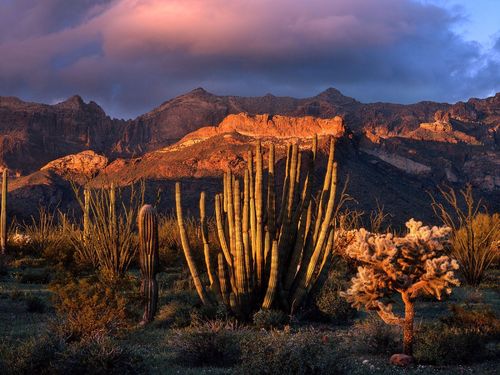Exploring Information on Aztec Culture: Myths and Legends
The Aztecs, one of the most fascinating cultures in history, were renowned for their art, architecture, and mythology. The Aztec civilization, which thrived between 1300 and 1521 AD in present-day Mexico, was renowned for its rich culture and religious beliefs. Aztec culture has long captured the imaginations of people around the world, and their myths and legends are still studied today.
A Brief History of the Aztecs
The Aztec civilization’s origins are traced back to the northwestern region of Mexico, where the group migrated to the Valley of Mexico in search of a new home. They eventually founded the city of Tenochtitlan, which became their capital. The Aztecs established a vast empire, which grew to span much of present-day Central Mexico. They developed a complex social and political structure and engaged in extensive trade with other Indigenous peoples.
Aztec Mythology
Aztec mythology is a complex system of beliefs and practices that revolved around their gods, goddesses, and supernatural entities. Many of their myths and legends were recorded in sacred texts or carved in stone.
One of the most significant deities in Aztec mythology is Quetzalcoatl, the feathered serpent god. According to legend, Quetzalcoatl created humans from the bones of dead ancestors and was eventually banished from the Aztec empire. Another popular deity was Tezcatlipoca, the smoking mirror god, who represented the night sky, smoking medicines and destiny.
Aztec Legends
The Aztecs were renowned for their rich body of myths and legends. One famous story was the tale of Popocatepetl and Iztaccihuatl, two volcanoes near Mexico City. According to legend, Popocatepetl was a young warrior in love with the beautiful Iztaccihuatl. The two lovers were separated, and Popocatepetl was sent to battle in a distant war. When he returned, he found Iztaccihuatl had died of a broken heart. He took her body to the top of the mountain and lit a great fire, and stood watching over Iztaccihuatl for eternity.
Another popular legend is the story of the goddess Cihuacoatl, who was said to roam the earth during wars and protect women giving birth. The image of Cihuacoatl became a symbol of female power and strength.
Aztec Architecture
The Aztecs were renowned for their impressive architectural feats, including their vast pyramids and temples. Cholula, located near modern-day Puebla, Mexico, was one of the most significant centers of Aztec civilization. It was home to the great pyramid of Tlachihualtepetl, the largest pyramid in the world by volume. The pyramid was dedicated to the god Quetzalcoatl and was constructed of sun-baked clay bricks.
Conclusion
The Aztecs developed a rich and complex culture, which was influenced by their mythology, religion, and art. Their myths and legends are still studied and provide us with a glimpse of their beliefs and way of life. This ancient civilization has left an incredible legacy that continues to inspire and intrigue people around the world today.
(Note: Do you have knowledge or insights to share? Unlock new opportunities and expand your reach by joining our authors team. Click Registration to join us and share your expertise with our readers.)
Speech tips:
Please note that any statements involving politics will not be approved.
